
Madness Beyond the Veil: Bringing Psychological & Cosmic Horror to D&D
At the Gaming Table / Dungeons & Dragons / Horror Series
💀 Inspired by films like The Lighthouse, The Babadook, and Event Horizon
There’s a special kind of horror that doesn’t come from monsters lurking in the dark — it comes from realizing the monster might be inside your own mind.
In psychological and cosmic horror, fear is less about what you can fight and more about what you can’t comprehend. The walls close in, the stars whisper, and sanity itself feels like a fragile spell waiting to shatter.
Dungeons & Dragons has always flirted with this kind of terror — from the Far Realm’s incomprehensible entities to mad mages lost to their obsessions — but leaning fully into this genre can transform a session into something truly unforgettable.
🕯️ The Mind as the Dungeon
In this kind of story, the real labyrinth isn’t made of stone — it’s made of thought.
Psychological horror thrives when players question what’s real. Rooms rearrange when unobserved. Journals contradict themselves. The NPC they trusted in one scene doesn’t remember them in the next.
The trick is to use uncertainty without robbing players of agency. You want them disoriented, not disempowered.
DM Tools:
-
Have players make Investigation or Insight checks that yield different truths.
-
Use whispered notes or private messages to create tension between what each player perceives.
-
Let long rests trigger vivid dreams, cryptic messages, or shared hallucinations.
Example:
As the adventurers finally rest after battling the cultists, their dreams converge. They awaken in each other’s memories — the same campfire, the same dialogue, the same mistakes. But whose dream is this?
🌌 Cosmic Horror: The Unknowable Truth
Where psychological horror questions the mind, cosmic horror questions reality itself.
The genre is built on one idea: the universe is far larger, older, and crueler than mortals can understand — and sometimes, D&D adventurers look just a little too closely.
Inspirations:
-
The Lighthouse’s cyclical madness — perfect for a demiplane that resets each dawn.
-
Event Horizon’s “hell through science” — a portal experiment gone wrong could open into the Far Realm.
-
The Mist’s hopelessness — a fog that erases not just vision, but sanity itself.
When cosmic horror enters D&D, you don’t need to describe every tentacle or whisper. You only need to describe how reality feels wrong.
DM Tools:
-
Subtle sensory dissonance: sounds with no source, colors that bleed, shadows that move too slowly.
-
Time dilation: a short rest lasts days, or a day passes in an instant.
-
Replace standard fear effects with “Comprehension Overload” — failed Wisdom saves cause characters to glimpse truths their minds can’t hold.
🪞 The Sanity of Heroes
In D&D, heroes are used to slaying dragons and facing gods. But psychological and cosmic horror challenge the foundation of that confidence. The more a character understands the truth, the more their self unravels.
You can represent this through Stress or Fracture Points:
-
When a character witnesses something that defies logic, ask for a Wisdom or Charisma save.
-
On a failure, add a Stress Point.
-
At 3 points, introduce a short-term mental effect (paranoia, muttering, dread).
-
At 5, a long-term fracture: a new flaw, a warped belief, or a terrifying obsession.
Instead of punishment, treat this as character development under pressure — a glimpse into who they are when stripped of certainty.
🔮 Adventure Hook: The Light That Should Not Burn
A lighthouse on the edge of the Astral Sea hasn’t dimmed in a century.
Sailors whisper that it shines across every plane at once.
When the beacon flickers, planar storms follow — and the party must travel there to restore it.But the closer they get, the less time makes sense.
Their reflections act on their own.
And the light inside the tower hums like something alive.
Monsters? None at first. The enemy is isolation, dissonance, and revelation.
Only near the end does the truth appear: the “light” is a fragment of a dead god’s consciousness, desperate to return to its dreamless sleep. And it sees the party as intruders in its reality.
⚙️ Mechanics Spotlight: The Whispers of the Void
Magic Item (Cursed): The Whispering Lens
Wondrous Item, rare (requires attunement)
A cracked spyglass of unknown make, its inner lenses shimmer like oil on water. When you look through it, you can see things beyond mortal sight — and they can see you.
-
When attuned, you gain advantage on Investigation and Arcana checks related to planar or aberrant phenomena.
-
Each use adds 1d4 Stress Points as your mind processes impossible visions.
-
At 5 Stress Points, you must succeed a DC 15 Wisdom save or become obsessed with staring through the lens, convinced that “the truth” lies just beyond the edge of perception.
🧩 Running the Madness
Psychological and cosmic horror aren’t about jump scares or hit points — they’re about tension and inevitability. Let silence linger longer than it should. Let the familiar feel alien.
And remember: sometimes the scariest thing you can do at your table is simply say,
“You think you understand what’s happening now… but the voice in your head quietly disagrees.”
Thanks for reading. Until Next Time, Stay Nerdy!!






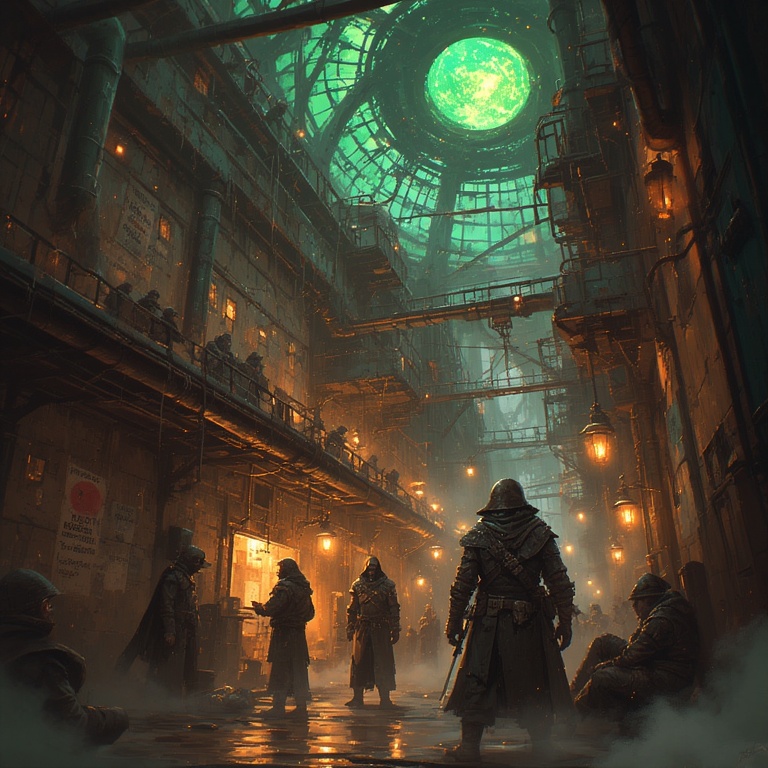
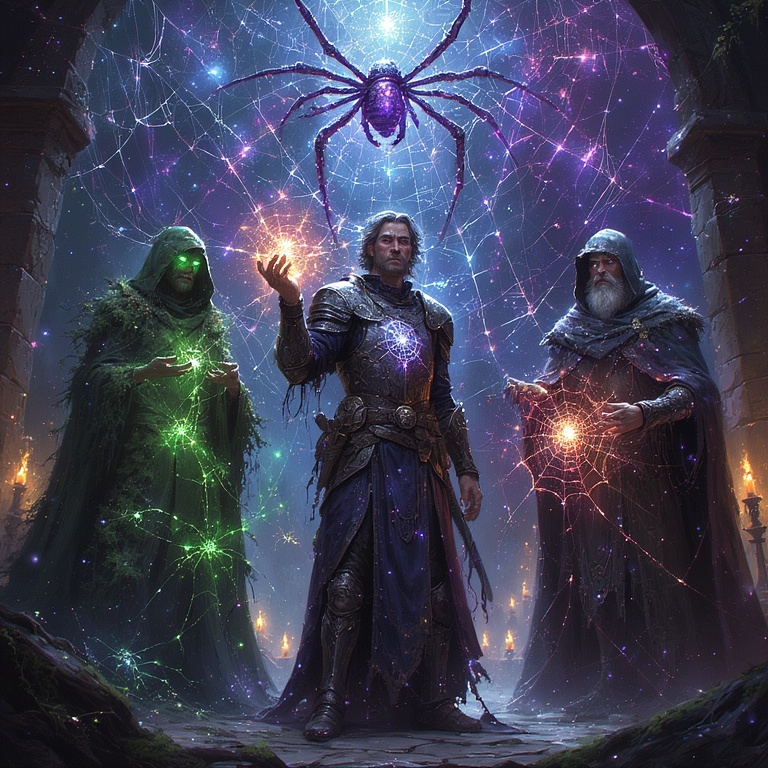
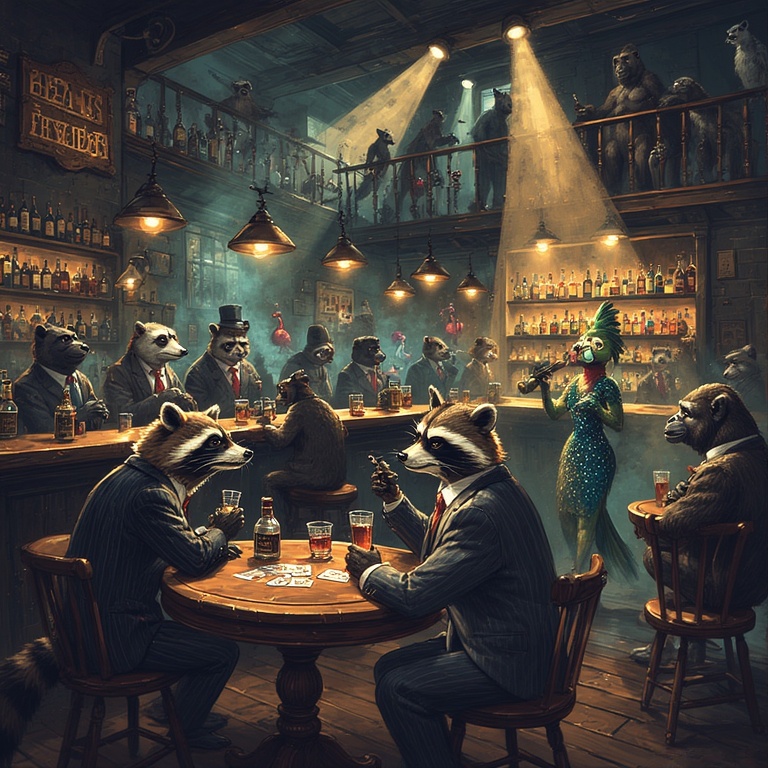
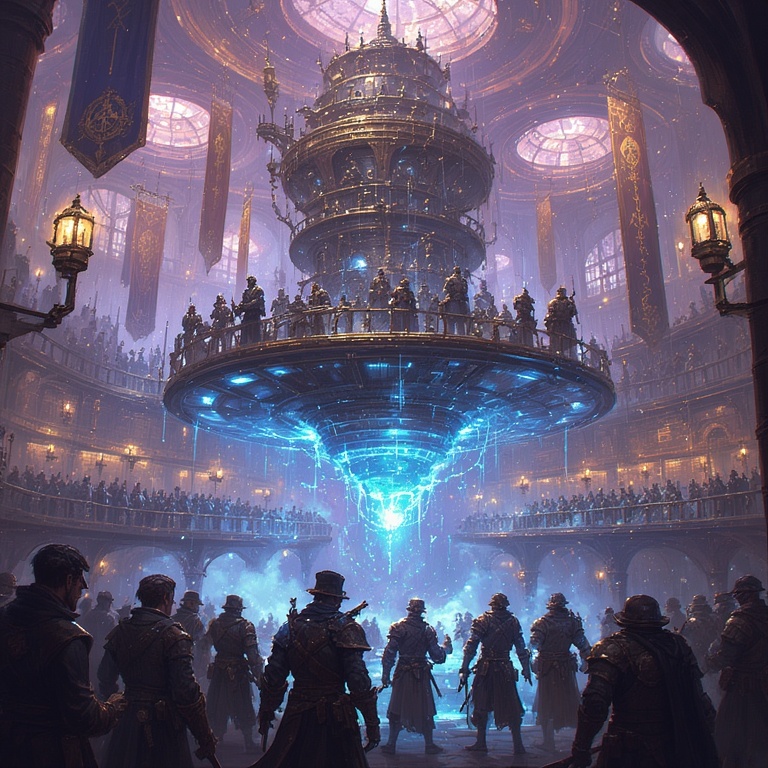
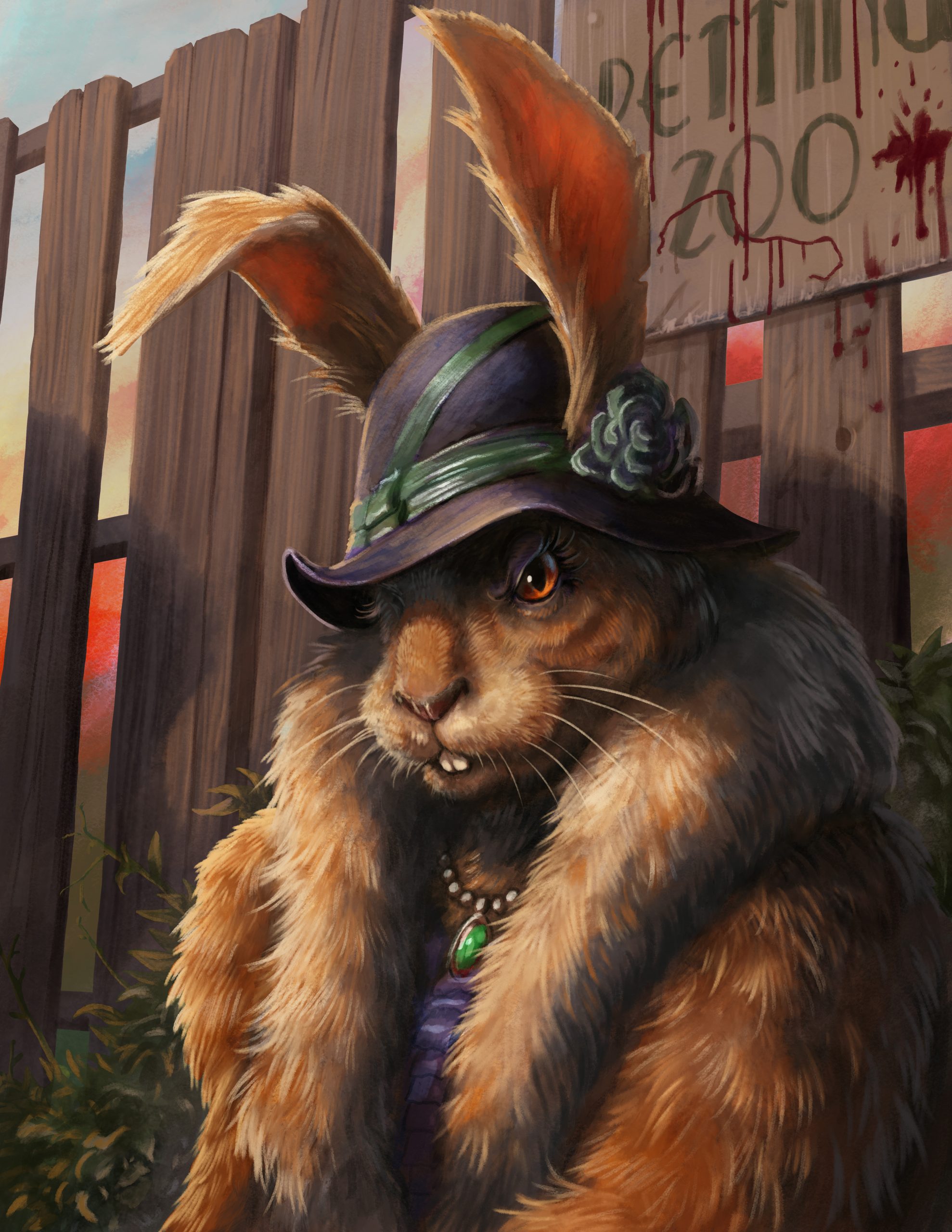
No Comments